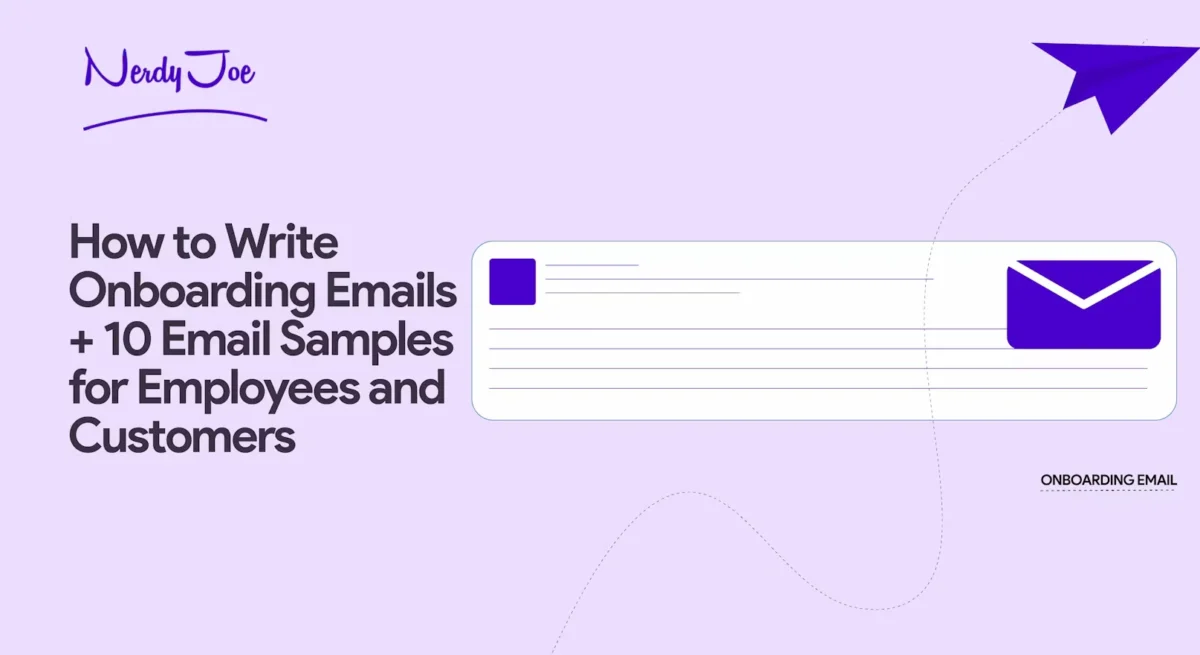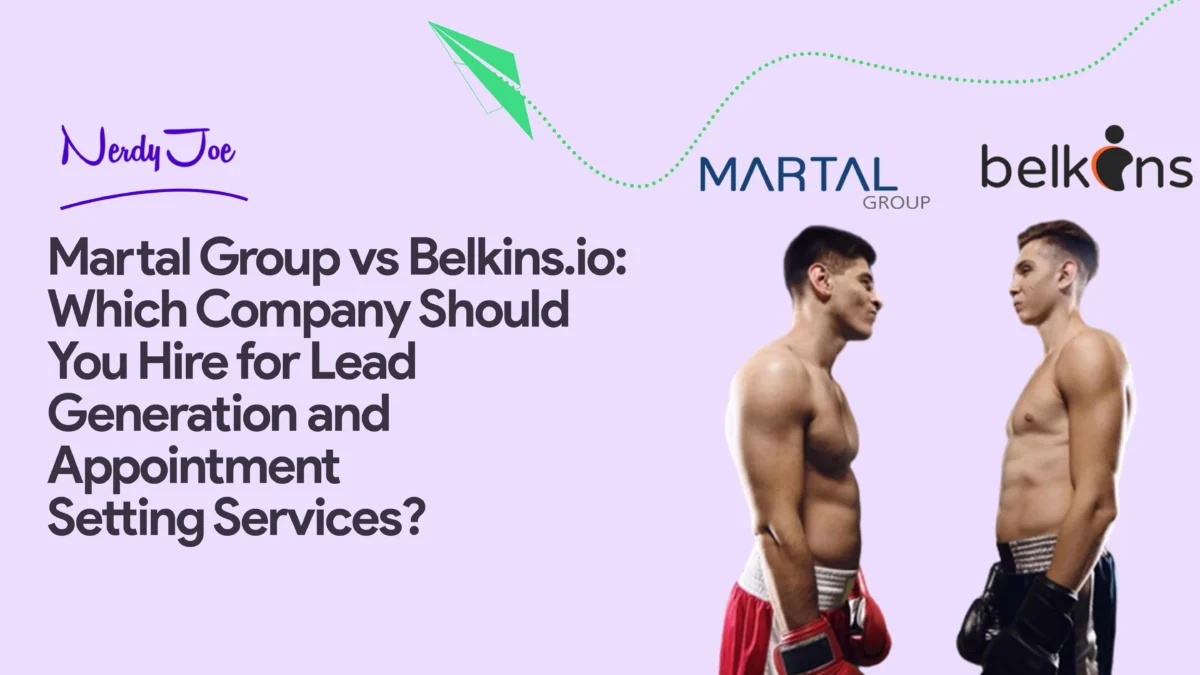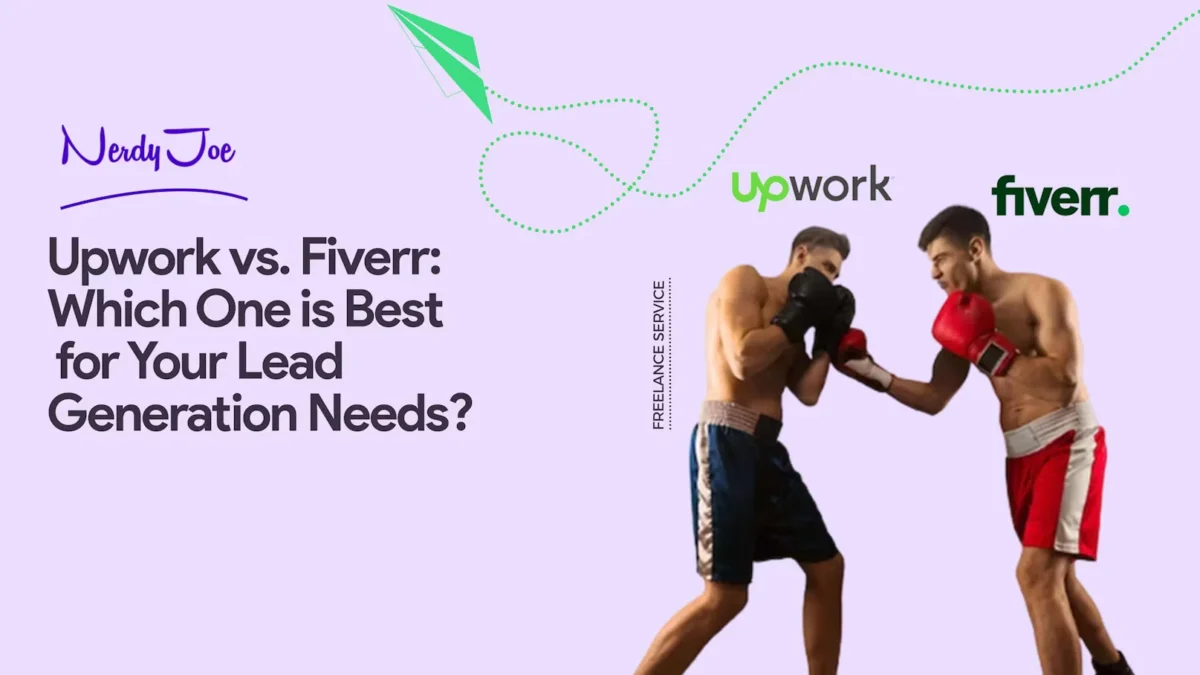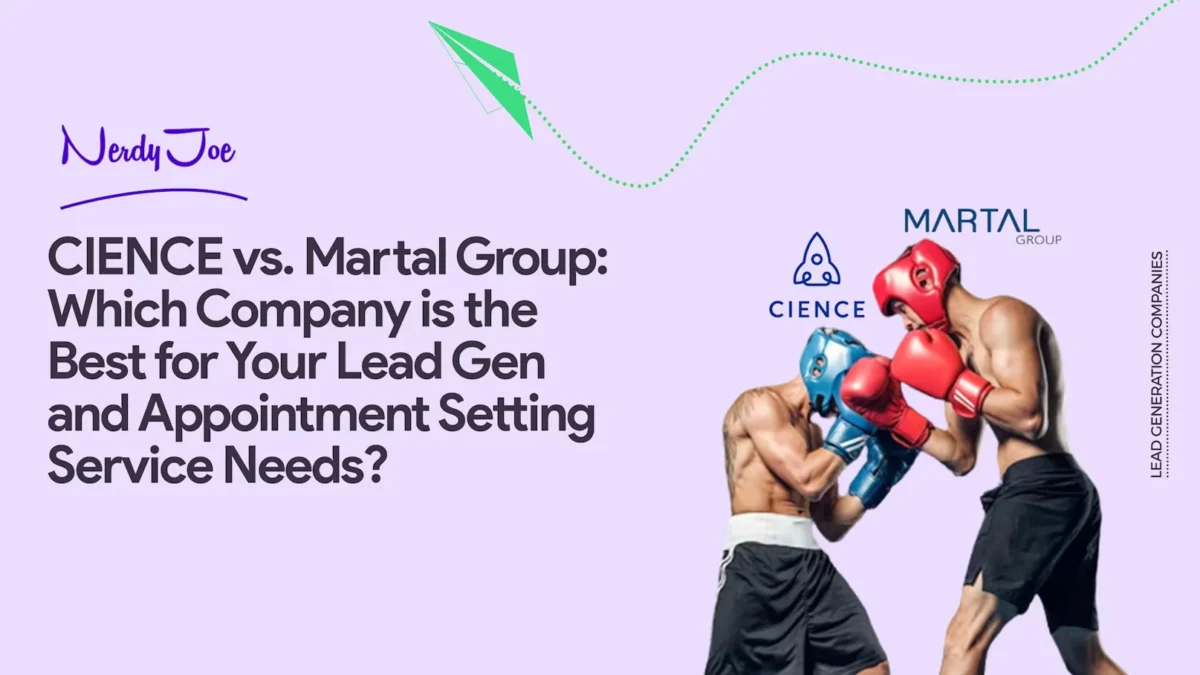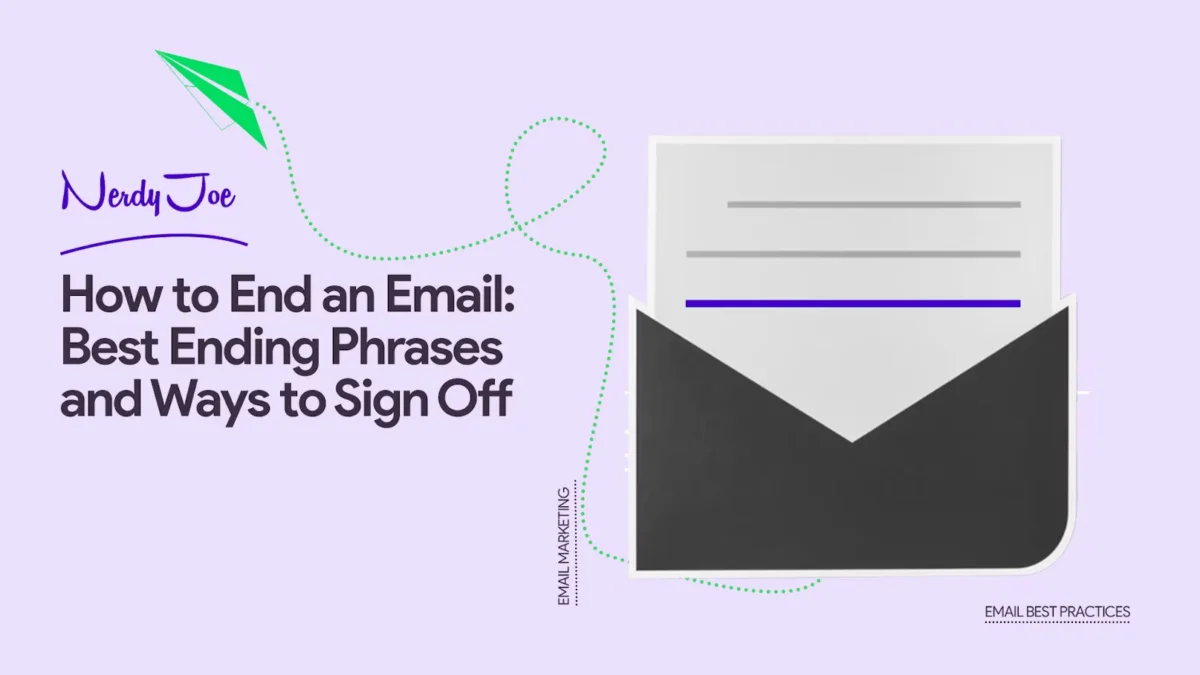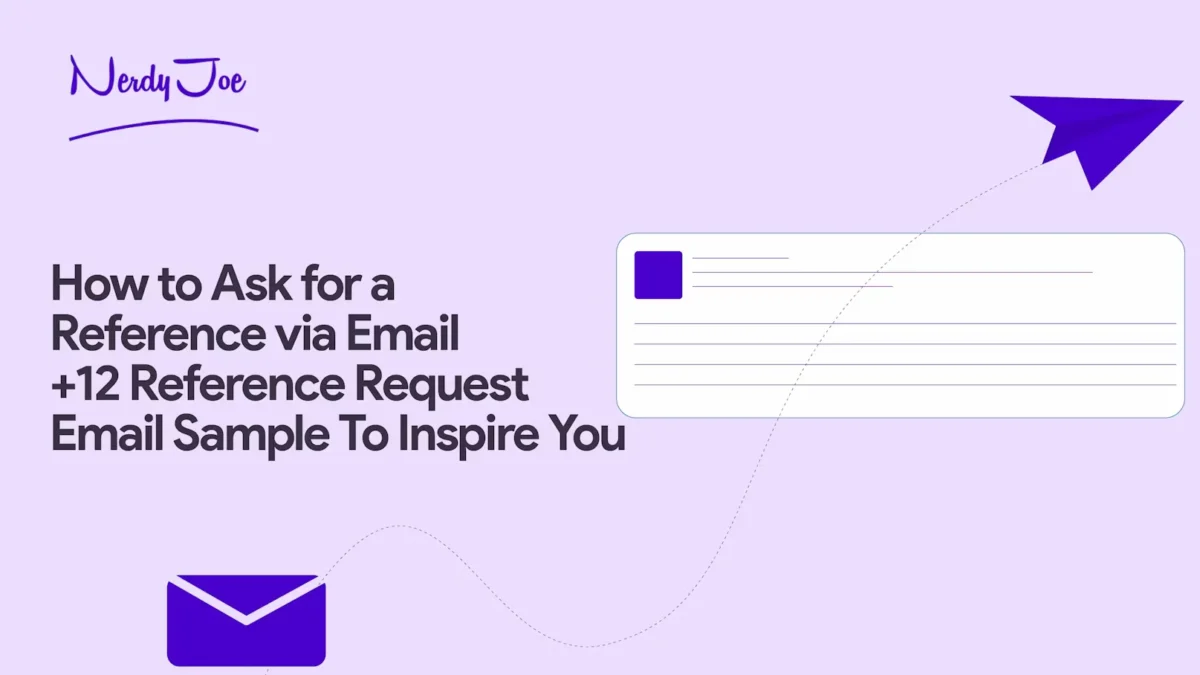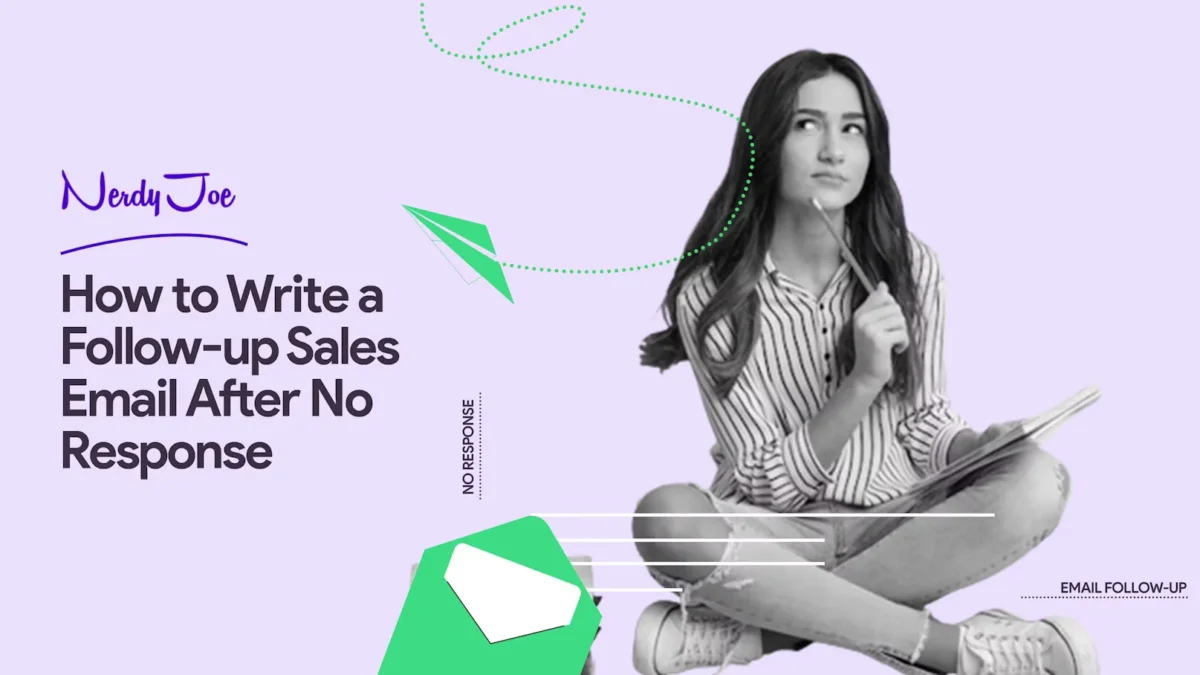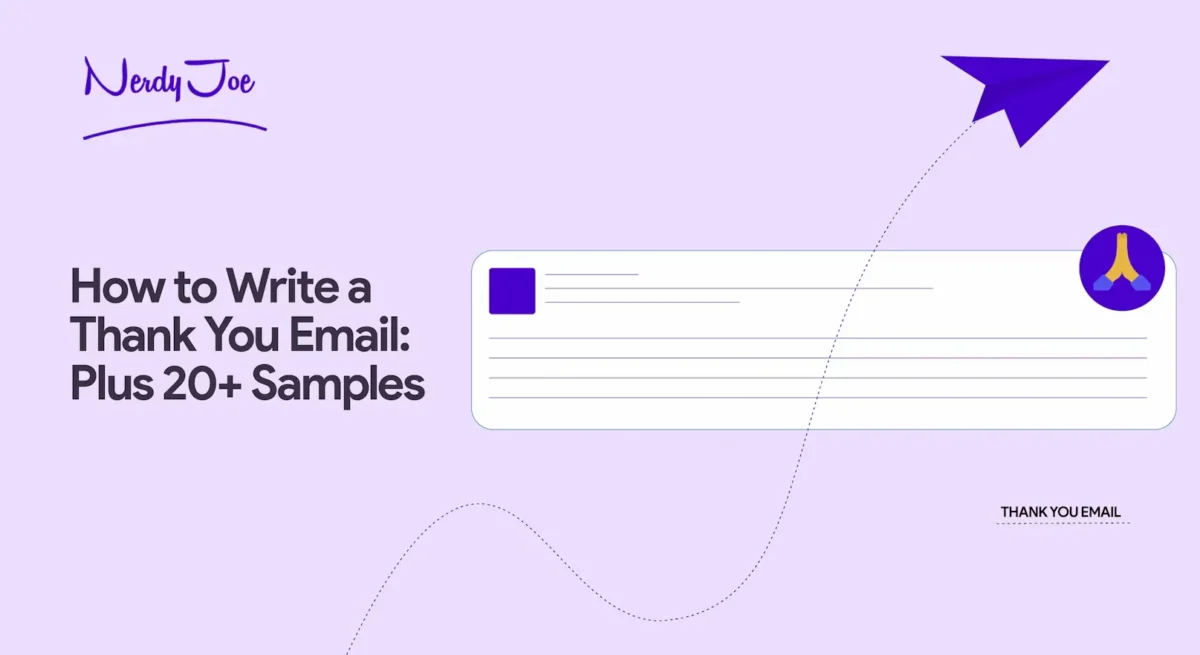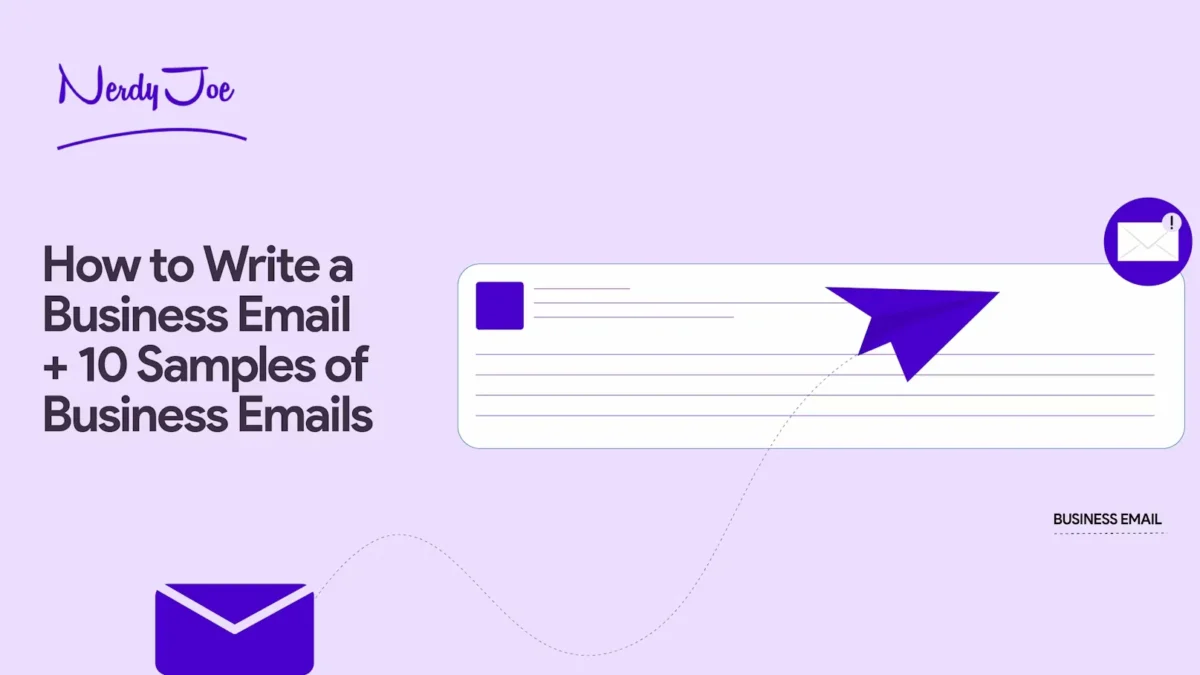How to Write Onboarding Emails With 6 Email Samples
Whenever a customer completes a purchase, or you hire someone new into your organization, an onboarding email is the first item they will look out for. That’s the initial point of contact to get them started.
In this article, you will learn what onboarding emails mean, their benefits, and different templates you can use for your business.
Note: Struggling to get replies or book meetings with prospects that fit in your ICP? We’ll help you get 6 SQLs or book 6 meetings with prospects that are ready to buy for only $999/month. Book a 15-minute consultation now.
What is an onboarding email?
Generally speaking, an onboarding email is a business email you send to someone to onboard them as they join your business. It serves as a welcome message (or as part of the welcome sequence) for both new customers as they purchase your product or sign up for your SaaS tool and new employees as they join your company.
- Onboarding email for new customers
As known as user onboarding emails, for new customers, the primary goal of an onboarding email is to guide them through the initial setup process, help them understand how to use the service or product, share some resources and tutorials (if any and if applicable) and set them up for an excellent customer experience.
It’s the first point of contact that aims to familiarize new users with the key features and interface of the product. Its goal is to make the new customer feel valued, create a good mood for customer relationships and ensure that the customer continues to use your products for a long time.
- Onboarding email for new employees
As for new employees, the onboarding emails help make them feel welcome and provide them with the necessary materials, contact details, and tools to get started smoothly in their new roles. This may include information about their direct teammates, department, or the company as a whole.
Some companies share their mission statement, values, SOPs, training materials, or important cultural aspects. It can also include logistical information covering work hours, dress code, who they will be reporting to, how they will be evaluated, important dates, etc.
Why do you need an onboarding email for your business?
Onboarding emails are a great way to show your employees and customers that they’re greatly valued. They’re crucial to any business seeking long-term success. Here are various reasons why you need one for your business.
1. It boosts customer engagement
A new customer is similar to a first-time visitor in a city. They’re new and need help on how and where to begin their journey.
In this context, the onboarding sequence serves as a non-invasive starter that serves as a guide and can walk your customers through each step of what you have to offer them. It opens the door for valuable interactions that boost engagement and promote customer success.
2. It influences customer retention and satisfaction
A study by Wyzowl shows that 86% of people are more likely to become loyal to a business that invests in onboarding content and welcomes and educates them after they’ve bought.
This shows that if your customers have a good experience in the initial stage of the customer’s lifetime, it can help in customer satisfaction and retention. Customer retention helps to reduce churn rate and is even less expensive than customer acquisition. In short, your onboarding emails foster long-term relationships with your customers.
3. It helps with customer success
Onboarding emails are vital to show your customers how your products or service can make their lives better.
For example, if you’re a B2B SaaS brand, many of your customers may not be familiar with your tool as they’re new to it. Creating onboarding email sequences helps you anticipate potential challenges they might have and proactively help them solve them.
4. It helps new employees get started
Employee onboarding is crucial in any organization. A study by Glassdoor shows that employees who feel welcomed and valued are more likely to be more productive and stay in the organization.
Onboarding helps employees get rapidly familiar with the company and access all the documents and information they need to perform their job well.
5. It describes the different SOPs, company culture, tutorials, and more.
The first impression of a company is also a real thing. You want to show the culture and professionalism of your company to the new employees.
You can do that through onboarding emails. Onboarding emails offer your employee educational content about the company’s culture, different SOPs, and tutorials, or keep them updated about any company news.
Different scenarios where onboarding emails are used
There are different scenarios where you can use onboarding emails. Some of these include:
1. New user sign-up
When a new user sign-up for your products or services, you’ll need engaging content to walk them through the cycle. An onboarding email can help to provide value to these subscribers and nurture them.
2. Users in a trial period
Every business’ goal is to convert its lead into paying customers. A great way to achieve this is by providing an onboarding process for your potential customers in a trial period. An onboarding email can help keep your customers interested in your products or services and show them how they can get more if they use a paid version.
3. New employee
An onboarding email is a good way to welcome and get new employees started in your company. With different emails that show support and make them inclusive and enthusiastic about their new job, they’d feel welcomed and valued. Plus, it can help to get them to be more productive and improve their retention rate.
4. Changes in company directives
If there is a change in a company’s directives, an onboarding email can introduce the employees to the new goals and mission. It can help them to feel at ease and let them know what’s expected from them.
Onboarding email format: How to write successful onboarding emails
Here is the email format you need to follow to create effective onboarding emails.
The onboarding email subject line
If your onboarding email subject line doesn’t catch the attention of your recipient, you’ve failed the task. The best way to draw your readers to open and read your email is by crafting an actionable and compelling subject line.
Include what you want to promote and how it’ll benefit your recipients. Also, remember to keep your sentence short. Your reader will only see a few words in the preview.
Here’s an example of some subject lines you can use for your new employees:
- Welcome, [first name]
- Yay! You’ve joined the team
- A message from the CEO
- Nervous about your first day?
Here’s another example of some subject lines you can use for your customers:
- Welcome, [first name]
- Getting started with [product name]
- We’re glad you’re here.
- Explore the features of [product/service]
- Ready, set, go: Begin your journey with [company name]
The onboarding email body
A personalized greeting
The salutation in the email often depends on the recipient. Be it for an employee or a customer, you have to use a formal salutation that makes you sound respectful and professional. You should also personalize the greeting so that it can resonate with the recipient.
Some examples include:
“Dear + name,” “Hello + name,” or “Hi + name.”
We’ve found that personalizing the greeting is a great way to forge a relationship with your customers. It can make them feel valued and encourage them to further engage with your brand.
The warm welcome
After greeting your recipient, you should start your email with a warm welcome that catches your reader’s attention and lures them to read on.
We recommend that you weave the email opening line around the purpose of the onboarding email so that your recipient will want to know what you have for them.
Rather than the usual “I hope this email finds you well” phrase, you can creatively craft the opening line to intrigue your audience.
Here are some examples you can learn from for a new hire.
- Genuine and professional: “Welcome aboard, [employee’s name]! We are thrilled to have you in our team. Your experience and skills will be a great addition and we can’t wait to see the heights we will reach together.”
- Friendly and enthusiastic: “Welcome to the team, [employee’s name]! We’ve been eagerly waiting for you and we’re so excited that the day has finally come. We’re confident you’re going to bring something special to our workplace.”
Some examples for new customers:
- Formal and professional: “We are delighted to welcome you to [company name]. We appreciate your decision to choose our services and are committed to ensuring your utmost satisfaction.”
- Enthusiastic and energetic: “Welcome aboard! You’re in for a great journey with us at [company name]. We’re thrilled to have you!”
- Friendly and casual: “Hey there! We’re so excited to have you on board. We can’t wait to see what we can achieve together.”
The purpose of the email (let them know why they are receiving the email)
Once you’ve established a connection with your recipient, you should focus on the reason why you’re sending the email. Is it to solve their problem? Walk them through the company’s policy. Let them know how the email will benefit them.
For instance, let’s say you’re welcoming a potential customer into your brand community.
Thanks for joining the [brand’s name] family – It’s great to have you onboard.
We’re proud to have you be a part of our community of customers who appreciate having a long-lasting [product/service]. We look forward to bringing you our favorite products and our special promotions. Please enjoy 15% off your first order with [code] at checkout. The code expires in 72 hours.
It clarifies the main point of the message. Your recipient knows that you’re welcoming them, and they can receive the latest information relating to your brand. Plus, they also get an incentive they have to redeem within a specific timeframe.
Also, make sure that the body of the email is short and quick to read. Nobody has time to read a lengthy email. The average person sends and receives 121 emails every day.
Moreover, you should format your email well. Avoid lumping up blocks of text together. Keep your paragraphs between 3-4 sentences and include lots of whitespace. This makes it easy for your recipient to skim through the information and pick what they need.
Helpful resources (guides, tutorials, or customer service contacts)
You may want to provide extra help, especially if your product is complex or if there are things about your company that need clarification. For instance, your customers may need help installing your product or they could use some guidance on troubleshooting.
What you need to do is to provide them with helpful content that can help them with the task. You can include a link to a tutorial video, helpful blog posts, or an FAQ page to help them with their troubles.
As for new employees, you should also provide helpful content on how they will navigate around. You can send them the company culture, tutorials, SOPs, training materials, or other useful content that they will need to become productive in their work activities.
Offer to answer questions
Even though you provided them with helpful content, your recipient may still need to clarify some issues. You can’t foresee every problem they may encounter during the onboarding process. This is why you should let them know that you’re available to answer their questions.
Avoid sending them on a treasure hunt when they need to communicate with you. To do this, you can say something like, “If you have any questions, do reach out to us via email.”
Clear CTA (What they need to do next)
End your onboarding email with a clear call-to-action (CTA). Make things easier for them through a button that prompts them to take the next step.
You should also make the button visible, eye-catchy, and hard to ignore. Don’t forget to personalize the CTA. A personalized CTA converts at a whopping 202% rather than basic ones.
For instance, if you want your customer to create an account, you should state it in your email clearly. Also, if you want your employees to visit a specific page on your website, you can inform them through email and add a link that will direct them to the page.
The onboarding email closing line
The closing line of an onboarding email is also an important element, as it often includes a call to action and sets the tone for ongoing engagement. Here are a few examples of closing lines:
- “If you have any questions or need further guidance, please don’t hesitate to reach out. Welcome again, and we look forward to serving you!”
- “We’re thrilled to have you on board. Let’s make great things happen together. Reach out anytime if you need help.”
- “Thank you for choosing [company]. We’re just an email or phone call away if you need any assistance. Welcome to our community!”
- “Feel free to explore, experiment, and get comfortable with our platform. We’re here for you every step of the way. Welcome aboard!”
- “Remember, our team is always ready to assist you. Don’t hesitate to get in touch if you have any questions. Welcome to [company]!”
- “We’re excited to see how our [product/service] can contribute to your success. Welcome to the family, and remember, we’re here to support you!”
After your closing line, remember to include your name and relevant contact information.
Your contact information
Including this piece of information can build trust and reassure your recipient that you’re available when needed. You should include your full name, job title, company name, phone number, and link to your social profile to facilitate communication.
4 tips for writing an engaging onboarding email
Here are some email writing tips you can keep in mind to encourage your recipient to open your onboarding emails and read through them.
- Use clear, concise, and friendly language.
Your primary goal is to communicate and persuade your recipient to take a specific action, not impress them with fancy jargon.
A great way to achieve this is by writing at an eighth-grade level. It helps the recipient to understand what you’re saying.
They don’t misinterpret what you’re saying and have better clarity of the information you’re passing across. With this, you enhance your brand’s image and show professionalism through email.
- Use visuals: (incorporate images, infographics, and videos)
Need to grab your recipient’s attention? Then, use visuals. Humans process visual elements 60,000 times faster than text. They are a great way to engage your audience, improve readability, and encourage click-through rates.
Incorporate visuals within the body of your onboarding emails to connect with your recipients. Add icons, emojis, images, infographics, and even videos to highlight your text and make them more clear and readable to your recipient.
- Ensure consistency in brand voice and design.
Your onboarding email should connect your recipient to your brand right from the start. A brand is more than just a beautiful logo or catchy slogan.
It’s about how you talk to your audience in the right voice. Your tone may be formal or relaxed, depending on your relationship with your recipient. You can also incite happy emotions to create a positive brand reputation.
If it’s the case of a new employee, you may want to sound official and pleasant to give them a warm welcome into your company.
But, if you are onboarding a customer, you may want to sound more relaxed and respectful to avoid getting misinterpreted.
Messages such as “You’re in!,” “Get the latest fashion tip,” or “Let the fun begin” are a great way to make your customers enthusiastic about your email. Remember, it’s not what you say but how you say it.
- Automate your onboarding process
Part of creating effective onboarding emails is also automating the sending of onboarding emails. You can possibly handle and send an onboarding email campaign manually.
Set up a system that helps you automatically track new sign-ups and ensures your new customers receive automated onboarding emails right from the first phase of their customer journey.
3 samples of onboarding emails for new users and achieving customer success
Here are some onboarding email samples you can use as inspiration.
1. The welcome email template
Your first email in the onboarding sequence is the welcome email. 80% of people will open a welcome email as it generates 4x more opens and 10x more clicks than other emails. This implies that a welcome email can keep your customers excited to learn about and engage with your product.
You need to show genuine appreciation to your customers for choosing your brand first. Connect with them by making them feel at home. If you want to, you can offer them a discount to get them started. Here is a template for this.
Subject line: We’re thrilled to have you on board!
Dear [customer’s name],
We’re excited to welcome you to the [Your Company] community! It’s fantastic to have you with us.
We’re committed to [value proposition or mission statement]. Our goal is to ensure you have the best possible experience and achieve your desired outcomes.
To get you started, here are some resources that you might find useful:
[Links to your getting started guide/tutorial/user manual]
[Link to support or contact page]
Also, as a token of our appreciation and to help you kickstart your journey with us, we’re offering a [x%] discount on your next purchase/use. Use the code [code] at checkout.
Don’t hesitate to reach out if you have any questions or need further assistance. Our team is always ready and eager to support you.
Again, thank you for choosing [your company]. We can’t wait to see what you’ll achieve with us!
Best,
[Your name]
[Your signature]
2. The how-to onboarding email template
How-to emails are your customer’s guide and usually come after the welcome email. Sometimes when customers sign up to use your product, they may not understand something or even know what to do.
To avoid having your customers put calls through every time they’re faced with a challenge, your customer success team can work on an onboarding email sequence right at the beginning of the customer lifecycle. It helps your new users get started easily, eliminates customer bouncing, and increases customer loyalty.
If your onboarding strategy requires that you make it a single email, you can include a step-by-step guide that details the common questions you think they may ask.
You can also include a video link to walk them through the process. Below is a how-to onboarding email example that explains how a product works.
Subject line: Getting started with [product/service]: A step-by-step guide
Hello [customer’s name],
Thank you once again for choosing [your company]. We’re excited to have you with us!
We understand that getting started with a new [product/service] can sometimes feel overwhelming.
So, we’ve created this handy guide to help you get up and running as smoothly as possible.
Here are some step-by-step instructions for getting started with [Your Product/Service]:
Step 1: [Describe the first step in a simple and concise way]
Step 2: [Describe the second step]
Step 3: [Continue describing the steps as needed]
For a more detailed visual guide, we’ve also created a tutorial video that walks you through the entire process: .
And remember, our comprehensive [product/service] FAQ is always available for your reference: [link here].
If you run into any issues or have any questions, don’t hesitate to reach out to our support team at [contact information]. We’re here to help you get the most out of [product/service].
Happy exploring, and here’s to making great things happen together!
Best,
[Your name]
[Your signature]
3. The cross-sell/up-sell onboarding email template
Your customer may have only signed up for one product or service, but you can still offer them. This is where you cross-sell, or up-sell appears in the picture.
With this email, you can show your customers how you can further address their needs through the other products or services your company offers. If you succeed with this, you’ll not only increase revenue but also increase customer satisfaction and retention.
Here is a sample that can serve as an inspiration for you.
Subject line: Enhance your experience with our [product/service]
Hello [customer’s name],
We’re truly delighted to have you as a part of the [your company] community and we’re excited to see you making the most of [the product/service they’ve signed up for].
As you continue on your journey, we wanted to let you know about some additional offerings that can complement your experience and help you achieve even more.
- [product/service #1]: [Briefly describe what this product/service does and how it can provide added value to the customer. Highlight any integration with the product/service they’re already using.]
- [product/service #2]: [Again, describe the benefits of this product/service and how it can enhance the customer’s experience.]
You can learn more about them [provide link to product/service information or sales page] or reach out to our team for more detailed information.
As a special thank you for being a valued customer, we’re pleased to offer you a [x%] discount on any additional products/services you choose to add within the next [time frame].
We are happy to answer any questions and assist you in any way possible. Don’t hesitate to reach out to us at [your contact information].
Thank you for being a part of [company]. We look forward to continuing to serve you!
Best,
[Your name]
[Your signature]
3 samples of emails to onboard new employees to guide you
In this collection, we have provided you with five onboarding email templates you can send to your employees.
1. Pre-onboarding email template
You don’t want to keep your new hire waiting, especially when you’ve tried so hard to find the right talent for your job. The pre-onboarding email template congratulates your new hire. It keeps them prepped and informs them if they need to provide any documents to complete the recruitment process.
It also states who will contact them next and when. Here is a template that can walk you through the process.
Subject line: Welcome to [company] – Preparing for your first day!
Dear [new hire’s name],
Congratulations on your new role at [your company]! We’re thrilled to have you join our team and look forward to working with you.
In anticipation of your start date on [start date], we want to provide some information to help you prepare for your first day and to ensure that the onboarding process goes as smoothly as possible.
Required documents
Please bring the following documents with you on your first day:
[List any documents they need to bring, such as identification for I-9 verification in the U.S.]
What to expect
On your first day, you can expect:
[Give a brief outline of what they should expect on the first day, such as team introductions, training sessions, etc.]
Next steps
[If there are any next steps they should complete before the first day, such as completing online forms or tasks, list those here.]
Finally, you will be contacted by [person’s name], our [person’s role], who will guide you through the next steps of the process. Expect to hear from them around [time frame].
If you have any questions before your first day, please feel free to reply to this email. We’re here to assist you in any way we can.
Once again, congratulations on your new role. We’re excited about the value you will bring to our team and can’t wait to officially welcome you on board!
Best,
[Your name]
[Your signature]
2. Onboarding welcome email template
The onboarding welcome email ensures your new hire has a roadmap for their onboarding journey.
Some information you may want to include here are the start date, working hours, dress code, contact information, local transportation information, reporting sickness, vacation policy, and more. Here’s an onboarding welcome email template for a new employee.
Subject line: Welcome to [company], [employee’s name]!
Dear [employee’s name],
We’re delighted to welcome you to the [company] family! We’re confident that your skills, experiences, and passion will be a valuable asset to our team.
To help you get started, we’ve put together some important information for you:
Start date & working hours: Your first day will be on [start date]. Our standard working hours are [working hours].
Dress code at [company], we [describe the dress code policy, for example: “encourage casual attire”, “require business formal attire”, “have a flexible dress code policy depending on your schedule for the day”, etc.]
Reporting illness: If you’re unable to come to work due to illness, please contact [appropriate person or department] at [contact information].
Vacation policy: [Provide a brief overview of the company’s vacation policy or where to find detailed information]
That’s it. Should you have any questions before your start date or at any time during your onboarding, don’t hesitate to reach out to [appropriate person or department] at [contact information].
We understand that starting a new job can be a big transition, and we want to assure you that we’re here to support you every step of the way.
We’re excited about the journey ahead and can’t wait for you to officially start on [Start Date]!
Welcome aboard!
Best,
[Your name]
[Your signature]
3. Onboarding follow-up email
The onboarding follow-up email is another critical part of the process. After you’ve provided everything to your new employee, you can send a follow-up email to check if they still need anything. Perhaps they have a question or need help with something; the follow-up email can help.
Here is an example that you can use.
Subject line: [employee’s name], how is your onboarding experience so far?
Hello [employee’s name],
It’s been [time since their start date, e.g., a week] since you joined us at [company], and we’re thrilled to have you as a part of our team.
I just wanted to check in and see how you’re settling into your new role. The onboarding process can often be a whirlwind of information, and it’s completely normal to have questions or need clarification on certain aspects.
Please feel free to share any feedback about your onboarding experience so far. Your insights are extremely valuable and can help us enhance the experience for future new hires.
Moreover, if there are any areas you’re struggling with or if you have any concerns or queries, please don’t hesitate to let us know. Our team is here to support you in any way we can.
I look forward to hearing from you, and once again, welcome aboard!
Best regards,
[Your name]
[Your signature]
Key Takeaways
- An onboarding email for new customers is the first point of contact that guides them through the initial setup process and helps them to better understand your product or service.
- An onboarding email for new employees helps make them feel welcome and provides them with the necessary materials and tools to get started smoothly in their new role.
- An onboarding email must consist of an intriguing subject line, a detailed email body, and a remarkable closing statement.
- Need help with email marketing and lead generation? We are ready to help. Nerdy Joe can help you get highly-stellar results from our sophisticated email marketing efforts. Give us a response today.
Note: Struggling to get replies or book meetings with prospects that fit in your ICP? We’ll help you get 6 SQLs or book 6 meetings with prospects that are ready to buy for only $999/month. Book a 15-minute consultation now.
